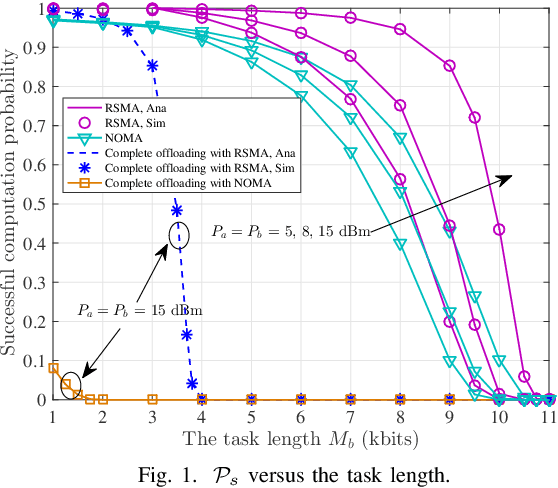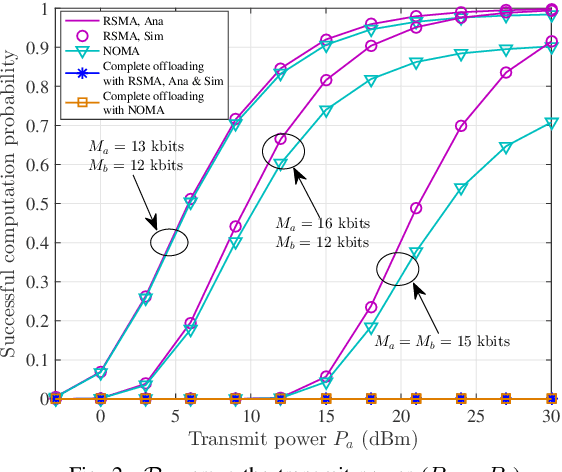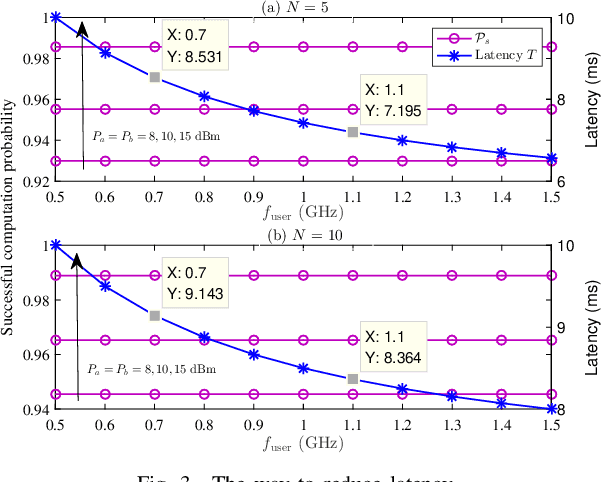Yinghui Ye
Safeguarding Next Generation Multiple Access Using Physical Layer Security Techniques: A Tutorial
Mar 25, 2024



Abstract:Driven by the ever-increasing requirements of ultra-high spectral efficiency, ultra-low latency, and massive connectivity, the forefront of wireless research calls for the design of advanced next generation multiple access schemes to facilitate provisioning of these stringent demands. This inspires the embrace of non-orthogonal multiple access (NOMA) in future wireless communication networks. Nevertheless, the support of massive access via NOMA leads to additional security threats, due to the open nature of the air interface, the broadcast characteristic of radio propagation as well as intertwined relationship among paired NOMA users. To address this specific challenge, the superimposed transmission of NOMA can be explored as new opportunities for security aware design, for example, multiuser interference inherent in NOMA can be constructively engineered to benefit communication secrecy and privacy. The purpose of this tutorial is to provide a comprehensive overview on the state-of-the-art physical layer security techniques that guarantee wireless security and privacy for NOMA networks, along with the opportunities, technical challenges, and future research trends.
Map2Schedule: An End-to-End Link Scheduling Method for Urban V2V Communications
Oct 12, 2023Abstract:Urban vehicle-to-vehicle (V2V) link scheduling with shared spectrum is a challenging problem. Its main goal is to find the scheduling policy that can maximize system performance (usually the sum capacity of each link or their energy efficiency). Given that each link can experience interference from all other active links, the scheduling becomes a combinatorial integer programming problem and generally does not scale well with the number of V2V pairs. Moreover, link scheduling requires accurate channel state information (CSI), which is very difficult to estimate with good accuracy under high vehicle mobility. In this paper, we propose an end-to-end urban V2V link scheduling method called Map2Schedule, which can directly generate V2V scheduling policy from the city map and vehicle locations. Map2Schedule delivers comparable performance to the physical-model-based methods in urban settings while maintaining low computation complexity. This enhanced performance is achieved by machine learning (ML) technologies. Specifically, we first deploy the convolutional neural network (CNN) model to estimate the CSI from street layout and vehicle locations and then apply the graph embedding model for optimal scheduling policy. The results show that the proposed method can achieve high accuracy with much lower overhead and latency.
Is the Performance of NOMA-aided Integrated Sensing and Multicast-Unicast Communications Improved by IRS?
Jul 26, 2023Abstract:In this paper, we consider intelligent reflecting surface (IRS) in a non-orthogonal multiple access (NOMA)-aided Integrated Sensing and Multicast-Unicast Communication (ISMUC) system, where the multicast signal is used for sensing and communications while the unicast signal is used only for communications. Our goal is to depict whether the IRS improves the performance of NOMA-ISMUC system or not under the imperfect/perfect successive interference cancellation (SIC) scenario. Towards this end, we formulate a non-convex problem to maximize the unicast rate while ensuring the minimum target illumination power and multicast rate. To settle this problem, we employ the Dinkelbach method to transform this original problem into an equivalent one, which is then solved via alternating optimization algorithm and semidefinite relaxation (SDR) with Sequential Rank-One Constraint Relaxation (SROCR). Based on this, an iterative algorithm is devised to obtain a near-optimal solution. Computer simulations verify the quick convergence of the devised iterative algorithm, and provide insightful results. Compared to NOMA-ISMUC without IRS, IRS-aided NOMA-ISMUC achieves a higher rate with perfect SIC but keeps the almost same rate in the case of imperfect SIC.
Power Beacon Energy Consumption Minimization in Wireless Powered Backscatter Communication Networks
Jun 09, 2023Abstract:Internet-of-Things (IoT) networks are expected to support the wireless connection of massive energy limited IoT nodes. The emerging wireless powered backscatter communications (WPBC) enable IoT nodes to harvest energy from the incident radio frequency signals transmitted by a power beacon (PB) to support their circuit operation, but the energy consumption of the PB (a potentially high cost borne by the network operator) has not been sufficiently studied for WPBC. In this paper, we aim to minimize the energy consumption of the PB while satisfying the throughput requirement per IoT node by jointly optimizing the time division multiple access (TDMA) time slot duration and backscatter reflection coefficient of each IoT node and the PB transmit power per time slot. As the formulated joint optimization problem is non-convex, we transform it into a convex problem by using auxiliary variables, then employ the Lagrange dual method to obtain the optimal solutions. To reduce the implementation complexity required for adjusting the PB's transmit power every time slot, we keep the PB transmit power constant in each time block and solve the corresponding PB energy consumption minimization problem by using auxiliary variables, the block coordinated decent method and the successive convex approximation technique. Based on the above solutions, two iterative algorithms are proposed for the dynamic PB transmit power scheme and the static PB transmit power scheme. The simulation results show that the dynamic PB transmit power scheme and the static PB transmit power scheme both achieve a lower PB energy consumption than the benchmark schemes, and the former achieves the lowest PB energy consumption.
Rate Splitting Multiple Access Aided Mobile Edge Computing in Cognitive Radio Networks
Apr 13, 2022


Abstract:In this paper, we investigate rate splitting multiple access (RSMA) aided mobile edge computing (MEC) in a cognitive radio network. We propose a RSMA scheme that enables the secondary user to offload tasks to the MEC server utilizing dynamic rate splitting without deteriorating the primary user's offloading. The expressions for the optimal rate splitting parameters that maximize the achievable rate for the secondary user and successful computation probability of the proposed RSMA scheme are derived in closed-form. We formulate a problem to maximize successful computation probability by jointly optimizing task offloading ratio and task offloading time and obtain the optimal solutions in closed-form. Simulation results clarify that the proposed RSMA scheme achieves a higher successful computation probability than the existing non-orthogonal multiple access scheme.
 Add to Chrome
Add to Chrome Add to Firefox
Add to Firefox Add to Edge
Add to Edge